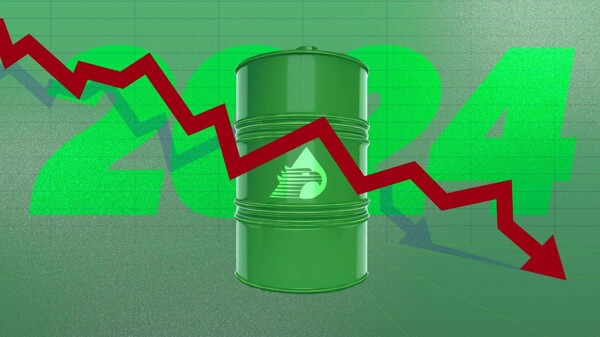
The Bank of Mexico has lowered its growth forecast for the Mexican economy to 0.6% for the current year, according to its latest Quarterly Report for the fourth quarter of 2014. This downward revision is based on the observation of a contraction in national economic activity in that same quarter, where setbacks were observed in the primary and secondary sectors, as well as a slowdown in the tertiary sector. The uncertainty is exacerbated by the tariff measures announced by the President of the United States, which pose additional threats to the Mexican economy.
In parallel, informal labor in Mexico experienced an increase during the last quarter of 2024, according to figures from INEGI. During that period, it was recorded that 17 million 021 thousand Mexicans were employed in the informal sector, representing 28.6% of the employed population, which marks an increase compared to the previous year. These data reflect a worrying labor outlook that requires attention from the relevant authorities.
The economic scenario presents significant risks, including uncertainty in U.S. trade policies, potential negative impacts on demand and investment in Mexico, as well as global geopolitical conflicts. However, there are growth opportunities, such as a possible increase in external demand driven by the growth of the U.S. economy, increased public spending to stimulate economic activity, and benefits derived from the USMCA in terms of investment and production processes.
In summary, the Mexican economy faces a challenging outlook in the short term, with negative trends in its growth. A significant slowdown is expected in 2024, with a growth rate of 1.5%, in contrast to previous years. For the year 2026, a rebound in the expansion rate is anticipated, although current uncertainty and challenges pose a concerning context.














